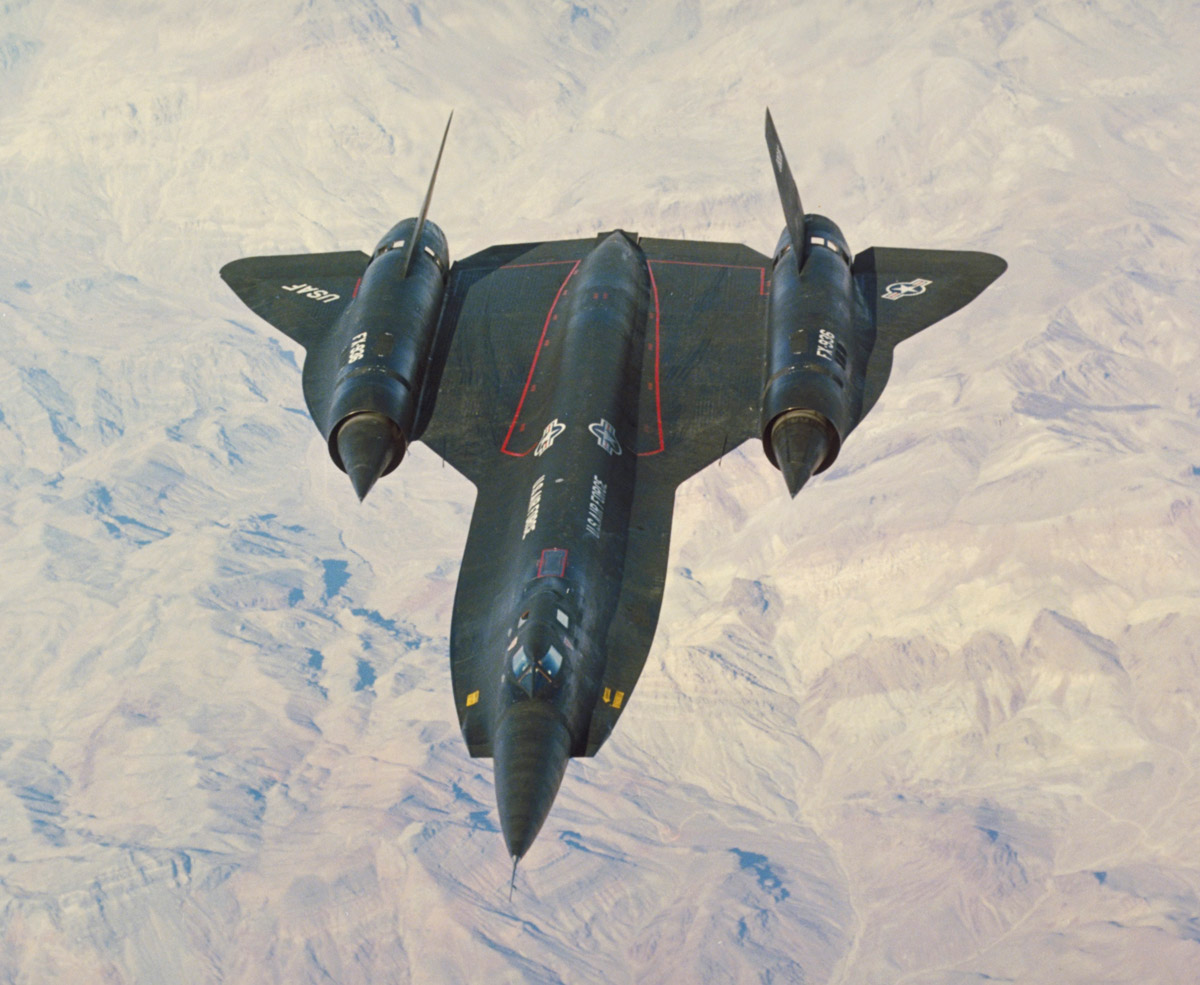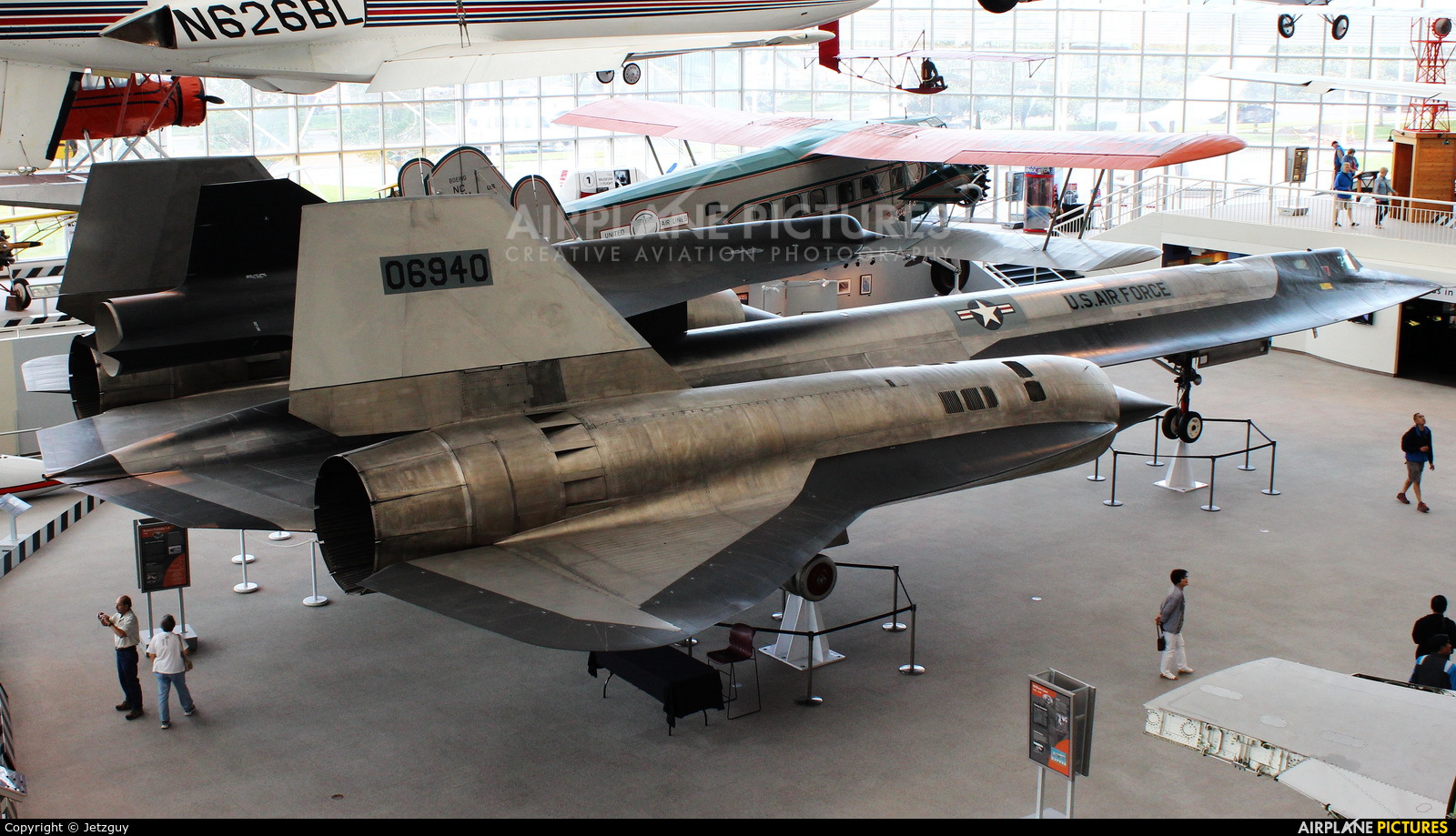M 21 Aircraft - We and our partners use cookies to store and/or access information on any device. We and our partners use data to personalize advertising and content, measure advertising and content, understand audiences and develop products. Examples of processed data may be unique identifiers stored in cookies. Some of our partners may process your data as part of their legitimate business interests without obtaining your consent. To view the purposes for which they believe they have a legitimate interest, or to object to the processing of this information, use the vendor list link below. The submitted consent will only be used to process data generated from this website. If you wish to change your settings or withdraw your consent at any time, the link to do so is in our Privacy Policy accessible from our home page.
Lockheed M-21 Blackbird variant with this D-21 drone mounted on the spine. The plane is the latest subject in Randy Malmstrom's Warbird Profile series. (Image via Wikipedia)
M 21 Aircraft

Since his other posts have been so warmly received, we thought our readers might enjoy another combat profile from our good friend Randy Malmstrom. As we mentioned before, Randy has a passion for aviation history and especially for historic military aircraft. He has a special passion for taking unique aerial photographs with highly detailed surrounding images and exploring their history in depth. If Randy's last name is familiar, it is because the current US Air Force Base Malmstrom AFB, near Great Falls, Montana, was named in honor of his cousin, Colonel Einar Axel Malmstrom. Colonel Malmstrom commanded the 356th Fighter Group during World War II, flying the P-47 Thunderbolt, Randy's first article example of the type, P-47D 45-49406 at the Aviation Heritage and Combat Armor Museum in Everett, Washington are shown
Lockheed D 21b > National Museum Of The United States Air Force™ > Display
For the third article in this series, we've chosen to focus on the rare Lockheed M-21 Blackbird drone carrier (s/n 60-6940) on display in the main gallery at the Museum of Aviation in Seattle, Washington. done
This particular aircraft is an M-21 variant developed from the A-12, an early variant of the Blackbird and a precursor to the more familiar SR-71. Lockheed built the plane to play a role in Tagboard, the code name for the Central Intelligence Agency's intelligence-gathering program. The aircraft carried a D-21 unmanned aerial vehicle on its spine. D-21 has the same speed as its mother, but, once launched, can fly. Unique features of this Blackbird design include a second seat for the launch control officer and of course the dorsal mounted launch pylon that the D-21 sits on. This particular M-21 model rolled off the factory line during 1963, having flown just 123.99 hours. It is the only surviving of the two examples built. Another, M-21 60-6941, suffered a missile launch incident on July 20, 1966 during a cruise in excess of Mach 3.2. The D-21's engine failed to initiate the down-launch, so the underpowered drone collided with the aircraft. M-21 and blasted off the coast of California. As the crews of both planes successfully ejected while the plane plunged toward the Pacific Ocean, launch control engineer Ray Turek tragically drowned and died when his decompressor died shortly after landing. The suit filled with water. A helicopter helped rescue pilot Bill Georges, but the incident eventually led to the cancellation of the M-21 project. A pair of Boeing B-52H Stratofortress bombers went on to carry an updated version of the D-21, the D-21B, which saved the program for a while, but of the four operational missions the drone flew, none . Filming from spy drone cameras ended with success, and it eventually led to the D-21 being retired in July 1971. These photos are by Randy and Dan England.
The M/D-21 will fly at speeds above Mach 3 and 80,000 feet. At this speed and altitude, the drone's engine can fire and the drone is launched from the mother's back, to fly a pre-determined course, then destroy its camera package in neutral or friendly territory. .
The M/D-21 was one of several concepts floated by Lockheed's famous designer, Kelly Johnson, that never came to fruition. The A-12 was originally envisioned as a surveillance platform that could fly deep into restricted space (such as the Soviet Union), with near-hypersonic speeds and significant stratospheric altitudes that would allow it to launch missile strikes. Disrupted (from the first) satellite flight. U-2, it was only a matter of time before Soviet missile technology made the Dragonlady as vulnerable as any other aircraft). However, the A-12 was still in development on May 1, 1960 when Gary Powers was shot down in his U-2A (56-6693) while on a reconnaissance mission over Soviet territory. was flying After the incident, the downing of the U-2 was of particular importance, because it caused a great deterioration of the Soviet-American situation. Relationships, and there is also a significant decline elsewhere. Needless to say, the US decided not to continue spy flights with a man over Soviet soil.
This Aircraft Was Faster Than The Sr 71 (look Closely It's Not A Blackbird)
As many readers may already know, the Lockheed SR-71 Blackbird is a later development of the A-12. Like the A-12 before it, the aircraft's procurement is a so-called "dark project" - i.e. highly classified and not revealed to the public. Ultimately, thirty-two prototypes emerged from the Lockheed-Martin Advanced Development Program (ADP) or "Skunk Works", responsible for many of the aircraft's unique designs. Blackbirds served in the United States Air Force from 1964 to 1999, although there was some interruption in military operations between 1990 and 1995 due to the early retirement of the type. NASA has also implemented a few examples. The variant was designated "HABU", a nickname given to Lockheed A-12 (and later SR-71) crews flying it at Kadena Air Force Base in Okinawa. Local residents compared the plane's shape to a traditional snake, the hobo, and began referring to the ship as flying. When the flight crew found out about it, the nickname was marked on the uniform the crew wore. Over time, the HABU name became associated with all Blackbird pilots and crew - and even then the HABU patch was only awarded to aircrew members. As pilot Rich Graham explains,
While the SR-71 has been recorded to fly faster than Mach 3 at altitudes in excess of 85,000 feet, the type's actual top speed is still classified. The aircraft is powered by a pair of Pratt & Whitney J58 (company name JT11D-20A) afterburner turbojet engines, which use a special fuel, JP-7, of a more or less unique type. The engines required external starters and a pair of AG-330 with Buick V-8 racing engines to power them (later replaced by Chevrolet engines). The forward section of each engine in the nacelle incorporates a large cone (or "spike") that acts like a ramjet with a combination of variable geometry supersonic inlets, bypass doors, and sliding ejector flaps with most of the thrust generated from the airflow. through ການໄຫຼເຂົ້າຂອງອາກາດຊ້າລົງຜ່ານເຄື່ອງຈັກຈາກ Mach 3 ຫາ Mach 0.5 ໃນເວລາທີ່ເຮືອບິນຈະບິນ subsonic (ການເຮັດວຽກທີ່ມີປະສິດທິພາບຂອງເຄື່ອງຈັກ inlet ຮຽກຮ້ອງໃຫ້ມັນສົ່ງອາກາດໄປຫາເຄື່ອງຈັກຢູ່ທີ່ປະມານ 0.4 Mach ໂດຍບໍ່ຄໍານຶງເຖິງຄວາມໄວຂອງເຮືອບິນ. ລັກສະນະການອອກແບບທີ່ໂດດເດັ່ນຂອງ SR-71 ແມ່ນວ່າຖັງນໍ້າມັນເຊື້ອໄຟທີ່ມີປີກປຽກຈະຮົ່ວລົງພື້ນດິນເມື່ອກອບອາກາດເຢັນພຽງພໍສໍາລັບແຜງໂລຫະປະສົມ titanium ທີ່ຈະຫົດຕົວລົງ. ຜູ້ອອກແບບບໍ່ສາມາດໃຊ້ພົກຍ່ຽວນໍ້າມັນເຊື້ອໄຟແບບດັ້ງເດີມ, ຫຼືສານປະທັບຕາໃນຮອຍແຕກ. ເພື່ອປ້ອງກັນການຮົ່ວໄຫລ ເນື່ອງຈາກວັດຖຸເຫຼົ່ານັ້ນ Can't handle the extreme heat generated when traveling at supersonic speeds. Burns easily - A cigarette falling on a pile of ground material does not burn. Of course, when the aircraft is hot enough during operation As the fuel plates expand and close, the space between them, each engine burns 700 pounds of fuel per minute during the plane's 30 mph speed.
However, to help reduce high operating temperatures, the fuel tank and fuel lines are covered with gold foil. Also, the oil that flows into the engine is effectively used as a coolant to cool the engine, hydraulic fluid, oil, tertylborane tank (injected into the engine for combustion), throttle control cable, air conditioning. system, and Airframe parts that are subject to air temperature.

A few other interesting details about the type: the alpha/beta probes in the nose measure plane and bay angles; The pitot tube, which measures airspeed, branches off to the side of this unit. Red tape is painted on the airframe, with the words "NO STEP" as protection aids to prevent workers from stretching the airframe into skin areas too weak to support human weight. The crew sat on the side, the pilot in front and
A Lockheed M 21 Blackbird And A D 21 Drone. Only 2 Of These Were Ever Made.
C 21 aircraft, 21 century toys aircraft, mc 21 aircraft, ac 21 99 aircraft wiring and bonding, u 21 aircraft, irkut mc 21 aircraft, cap 21 aircraft, pc 21 aircraft, f 21 aircraft, aircraft mig 21, part 21 aircraft, bat 21 aircraft
0 Comments